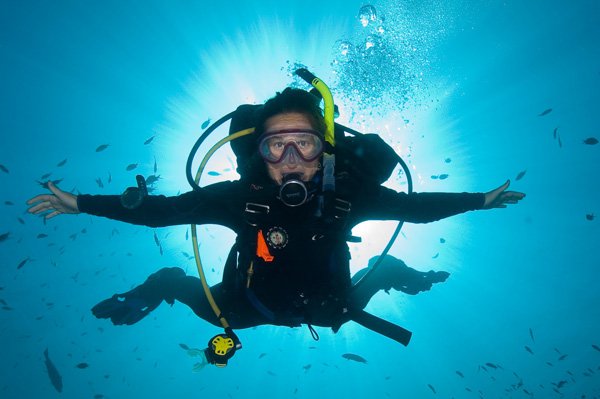spring fishing
Question
I live in central florida and i would like to know what lures to use in the community small lake for largemouth bass
Answer
Brandon; There are probably 50,000 or more things that a largemouth bass will bite if it is presented correctly and at a time when he feels like biting. There are times that you could throw all 50,000 of them and not get a bite. But I can give you some idea of the types of lures and how they may be used to most likely get a bass to bite.
Some types of lures are, topwater baits that spit, chug, walk or whirr. There are lures with a lip on the front that makes them dive and wiggle as they are reeled in. There are lures with spinners on them that make a flash and a noise in the water, each having its own rhythm. There are lures that look like minnows that you can jerk and they dive just below the surface and then come back up. There are spoon shaped lures that wobble and flash as they move through the water. There are lures with lead or tungsten heads with fur,feathers and or skirts on them that you can cast out and bump them along the bottom. Then there are the soft plastics that began in the 1950s as worms but which have multiplied to all kinds of shapes and sizes and thousands of colors. I think that includes most of the ones presently on the market.
To really tell you better how to use the various lures I would really need to know a little about your lake. I have been to South Florida and seen many of the small lakes so I will assume yours is similar to these. Many of them have some weeds of one kind or another. If the weeds are really thick you will be limited to lures that will come through or over the weeds without hanging on them. Soft plastic baits can be rigged with a single hook with the point buried in the body of the lure. These will work in the weeds pretty well. Certain spoons such as the Johnson Silver Minnow are designed to come through weeds. Use a pork frog or pork rind on this one. The ones with several treble hooks on them are good for places where the weeds are not a solid mat and have openings in them. Surface baits can be used by casting them into an open spot and letting them lie still for several seconds then moving them slightly like something had fallen into the water and was stunned then wakes up and begins to struggle a little. Lures like the ones with bills that make them dive work best in more open water although if there are openings in the weeds you may have success working them through these openings. Those with spinners are best when worked over sunken weeds just tipping the top of the weeds every few feet.
These are much better when worked around stumps or sunken logs or rocks. The lead/tungsten lure
needs essentially bottom free of weeds that would hang on them. The soft plastics may be worked in many kinds of water such as rocks, fallen trees, or along drop offs etc. These may be weighted by placing a weight just ahead of the hook or a couple of feet up the line. Move it slowly along and when you feel a fish stop and let him pull. When you feel a definite pull strike. Use very sharp hooks here because this is usually worked with light line and you do not want to break him off before you have a chance to get him.
Catch a few fish for a fish dinner if you like but most of the time try releasing them alive back so they can grow bigger and be caught again and again.
I hope this is of some help. I know it is very general but then your question is very general. If you want more detailed answers ask more detailed questions with information on the situations you find you are fishing in. But what I have told you should give you a start. You do not need hundreds of lures. For many years I only had half a dozen lures that caught all my fish. I had a topwater, a couple of billed divers, a couple of floating minnows , a spinnerbait and a few worms.
Thanks for calling on me to answer your question.
I am
Jack L. Gaither (JackfromSeminole)
Lake Seminole, Georgia
Fenwick FS60 S/N# F36524
my great grandfathers bamboo fishing pole


